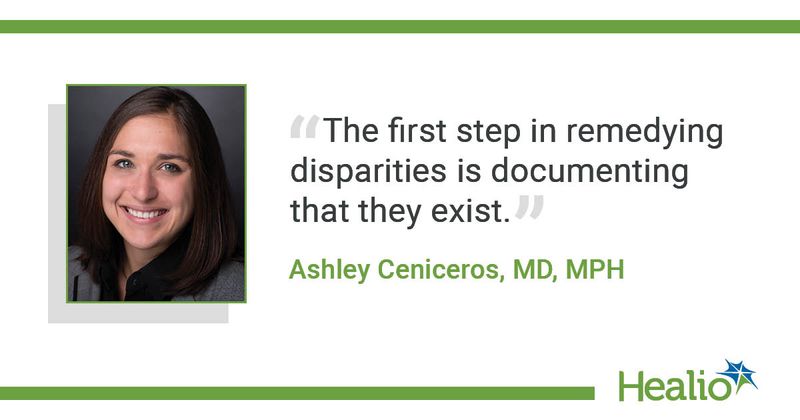OPAT use is low among patients with drug-associated endocarditis
Click Here to Manage Email Alerts
Patients with drug-use-associated endocarditis are discharged with outpatient parenteral antibiotics less often than patients with non-drug-use-associated endocarditis, researchers reported.
Outpatient parenteral antimicrobial therapy (OPAT) is the preferred modality for IV antibiotics for infective endocarditis, they said.

A retrospective cohort study of three urban hospitals published in Open Forum Infectious Diseases showed that excluding undomiciled patients or those with patient-directed discharges did not account for the difference between individuals with drug-use-associated endocarditis (DUA-IE) and those with non-DUA-IE.
“The first step in remedying disparities is documenting that they exist,” Ashley Ceniceros, MD MPH, an infectious diseases fellow at Albert Einstein College of Medicine’s Montefiore Health System, told Healio. “Most treating clinicians would hypothesize that OPAT use would be lower in the DUA-IE group, but the fact that this difference could not be explained by patient-directed discharges, homelessness, or insurance status was not obvious to us before conducting the analysis. This study is a step at demonstrating the disparities between patient groups.”
Ceniceros and colleagues compared OPAT use among 518 patients with DUA-IE vs. patients with non-DUA-IE hospitalized between Jan. 1, 2015, and Sept. 1, 2019. They evaluated the association between DUA-IE and discharge with OPAT and made adjustments for any clinically relevant covariables.
Results showed that patients with DUA-IE tended to be younger (53 vs. 68.2 years; P < .001) and more commonly undomiciled (9.5% vs. 0.3%; P < .01) than patients with non-DUA-IE. Patients DUA-IE were significantly less likely to be discharged with OPAT than patients with non-DUA-IE — 11.9% vs. 28.1% (adjusted OR = 0.2; 95% CI, 0.1-0.39). The likelihood of discharge with OPAT was still lower for patients with DUA-IE, even after undomiciled patients (aOR = 0.22; 95% CI, 0.11-0.43) and individuals with patient-directed discharges (aOR = 0.27; 95% CI, 0.14-0.52) were excluded from analysis.
Ceniceros said another surprising finding was that medication-assisted therapy resulted in a similar amount of discharged patients with OPAT regardless of whether or not the endocarditis was IV drug related.
“Our hospital doesn't have a specific program to work with OPAT and medication-assisted therapy,” Ceniceros said. “It demonstrates that there is already a willingness to use OPAT in these patients with the assistance of our addiction medicine colleagues.”
